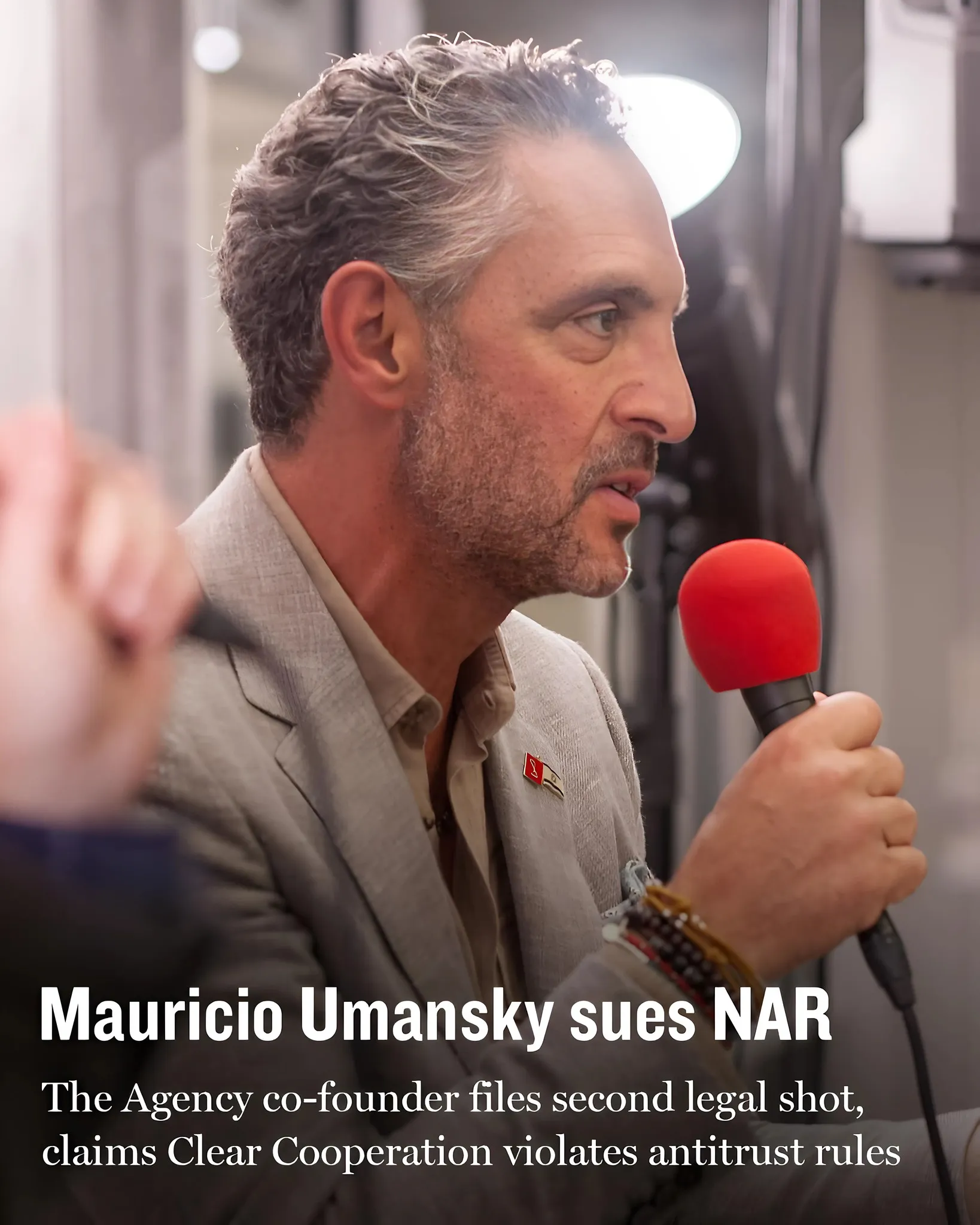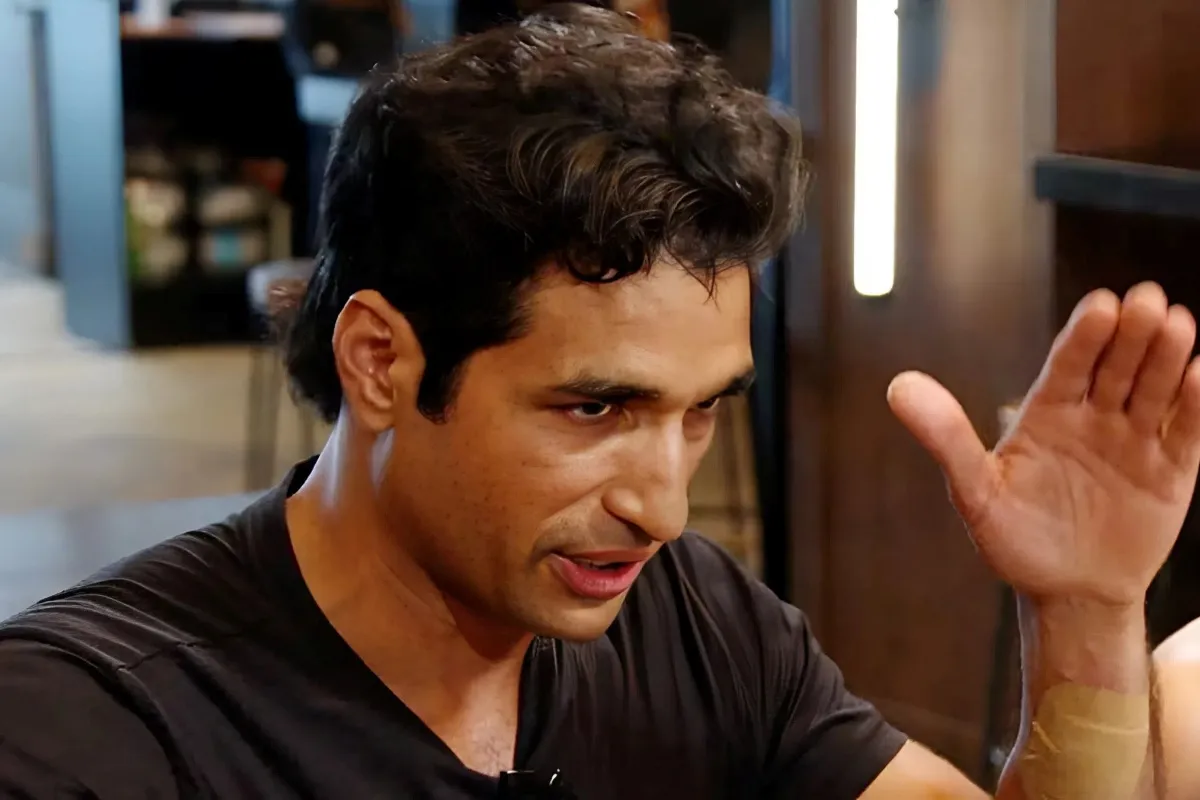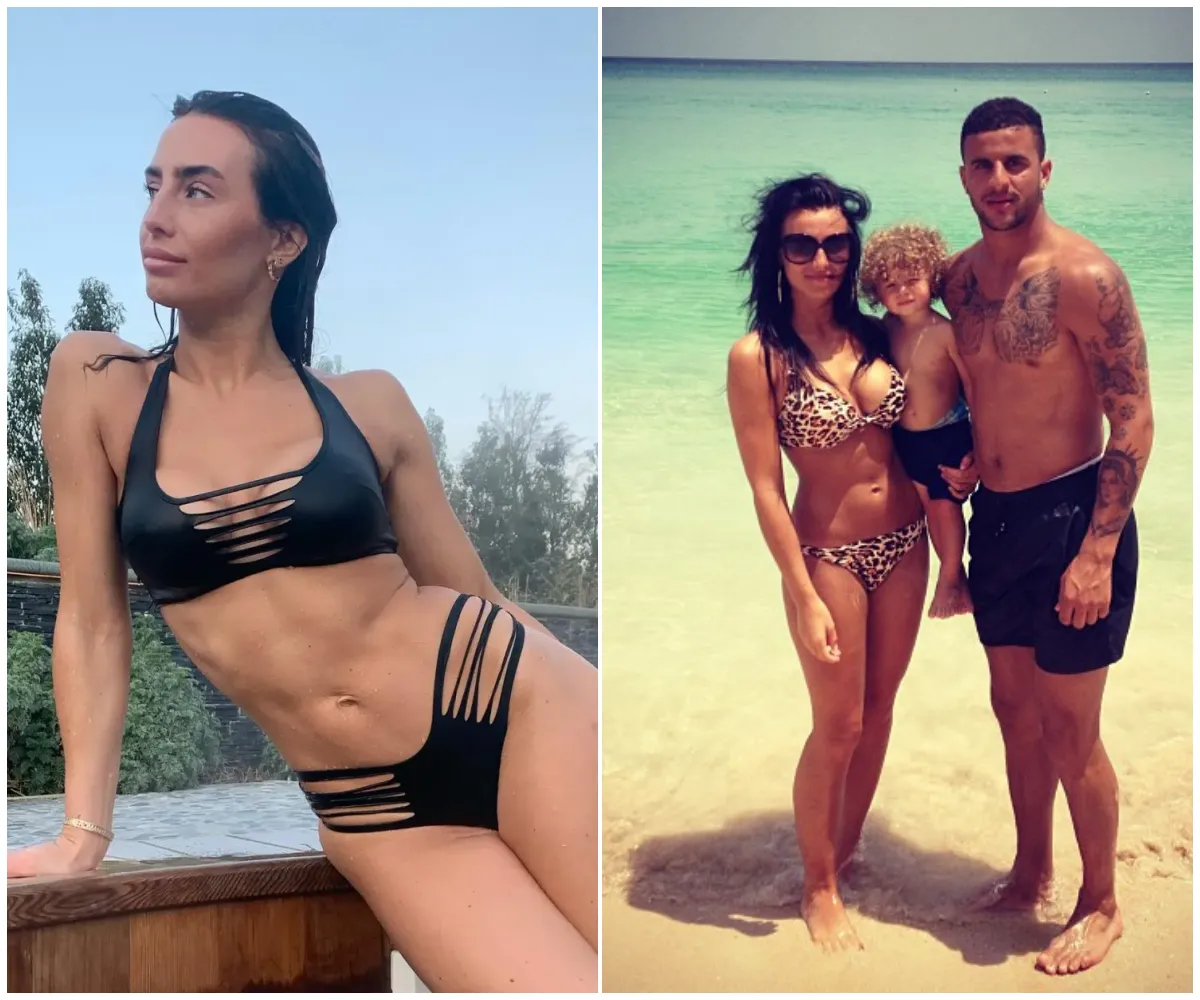
Whoops!
Page not found!
The page you are trying to reach cannot be found. In the meantime feel free to search or check out the articles below.


‘She is 21?’ – Love Island fans stunned by Vanna Einerson’s dramatically enhanced appearance as viral TikTok exposes brutal age speculation and reignites backlash over modern beauty standards - suong

“You won” – Stassi Schroeder breaks down in tears as she calls out cruel body shamers who mocked her posture after career-defining Gilded Age interview and reveals painful childhood struggle behind it - suong
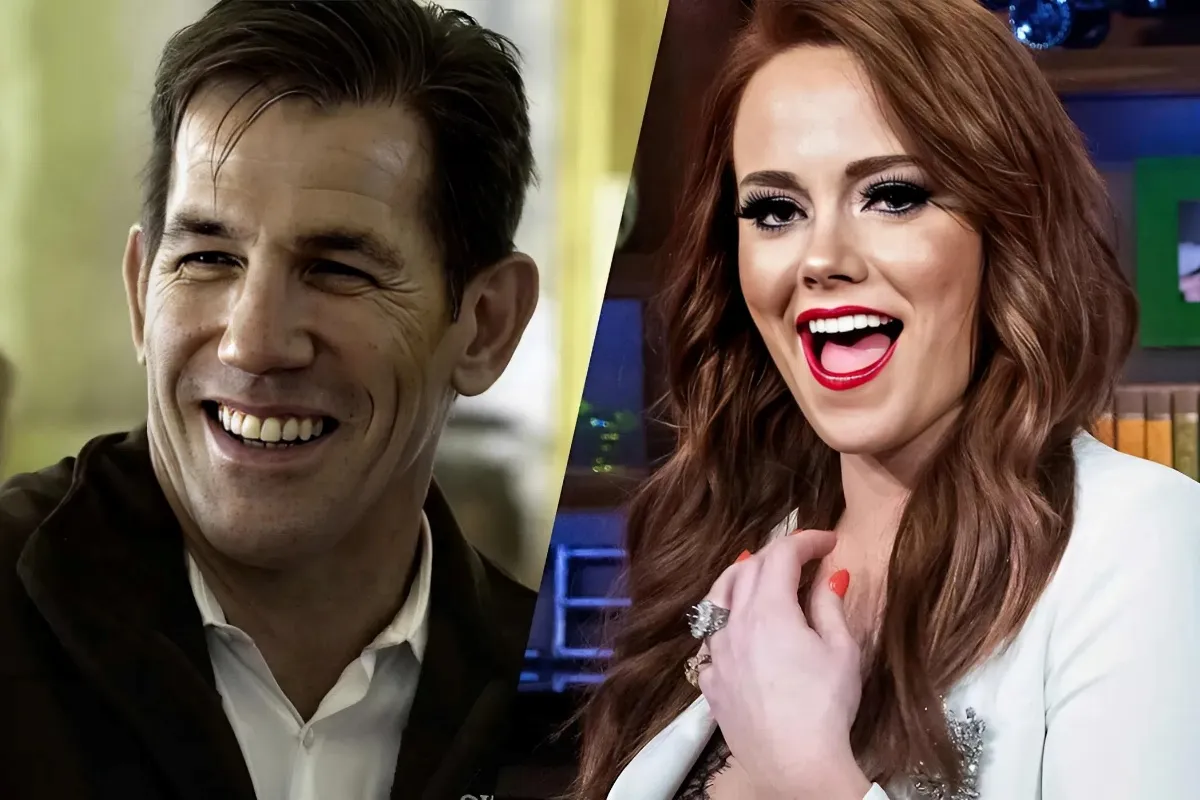
Thomas Ravenel Criticizes Bravo as 'Corrupt' Amid Custody Battle: Accusations of Buying off 'The System' Surface in Southern Charm Saga - lulu
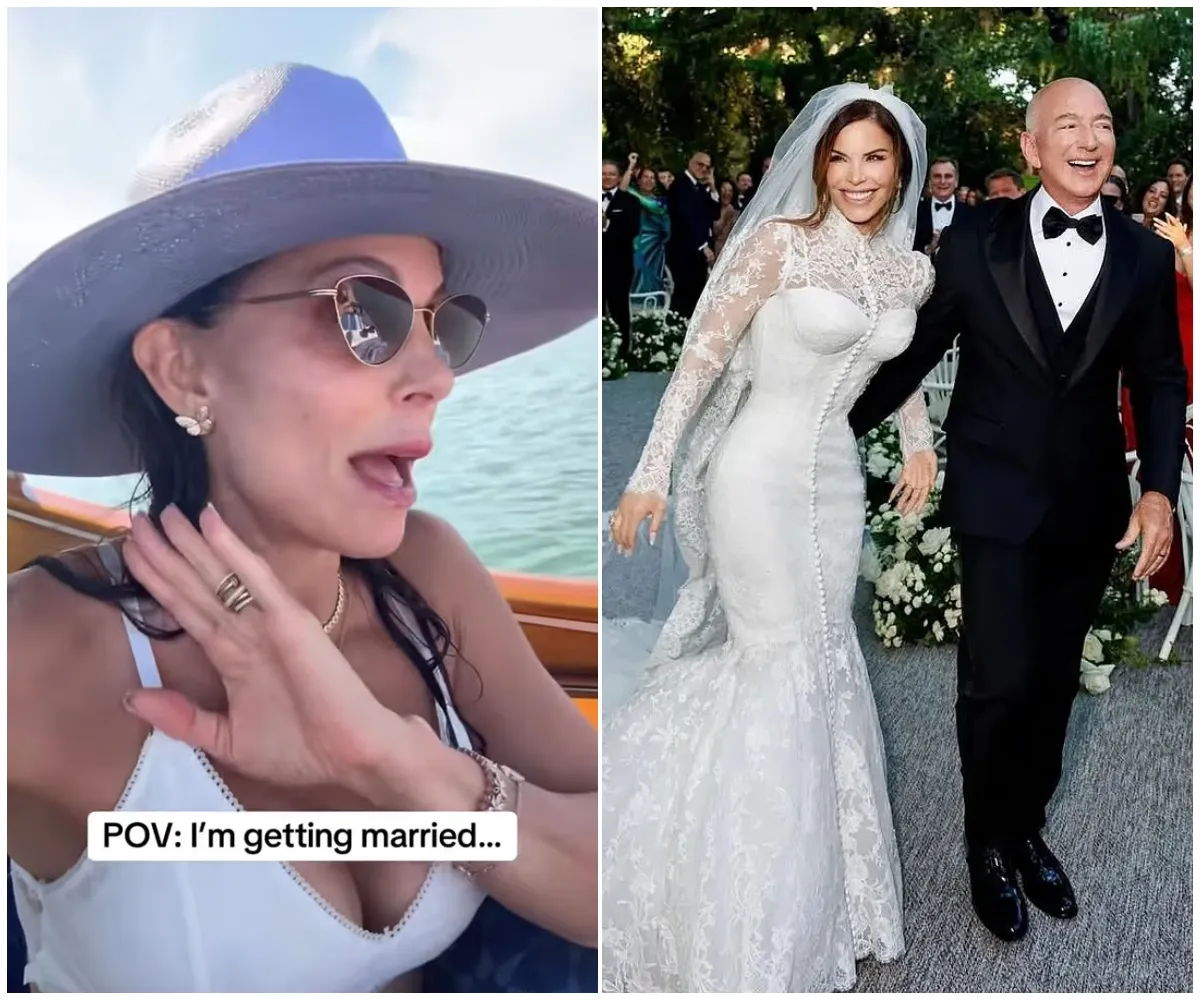
‘That invitation… you lost me’ – Bethenny Frankel brutally mocks Jeff Bezos and Lauren Sánchez’s $50M ‘wedding of the century’ as she slams their ‘cringe’ invite and jokes she’s dating again just to show how it’s done - suong

‘From retired to traded’ – Las Vegas Raiders great Darren Waller stuns NFL with shock career U-turn as Giants deal him to Dolphins despite 2023 retirement and injury setbacks - suong

‘We want T.J. Watt’ – Eagles blockbuster trade pitch would send former first-rounder Nolan Smith to Steelers in bold move for four-time All-Pro as Howie Roseman eyes another Super Bowl run - suong


